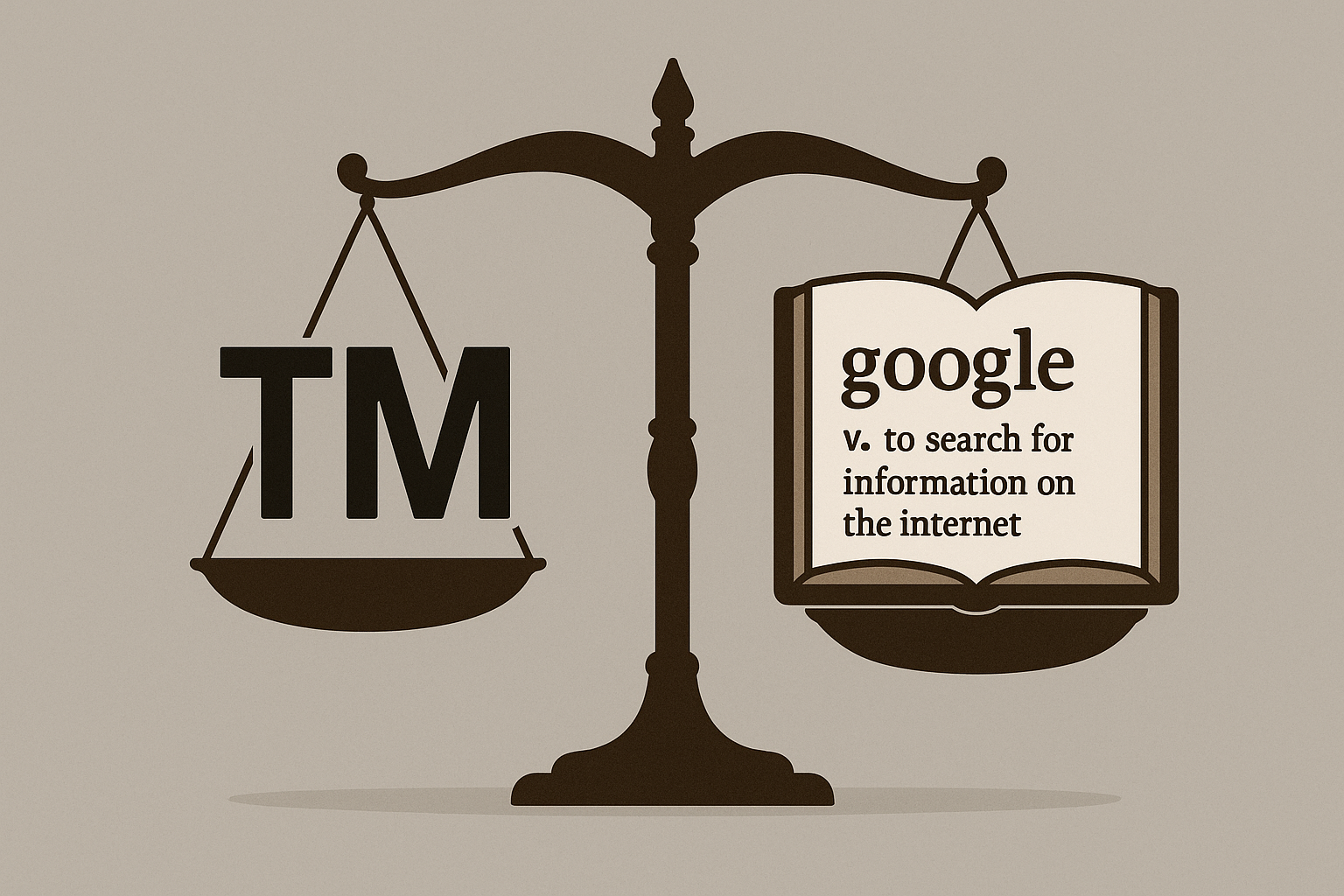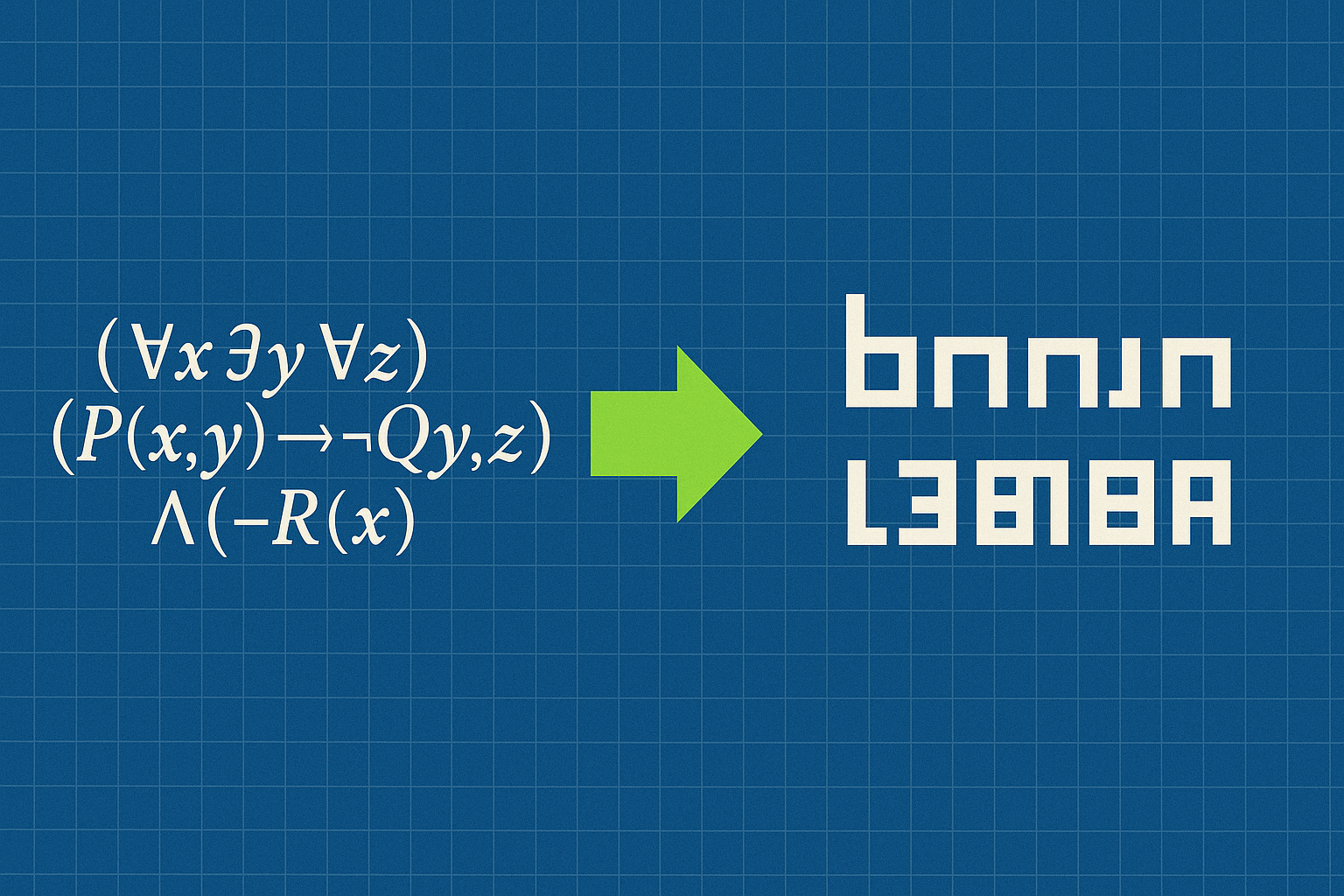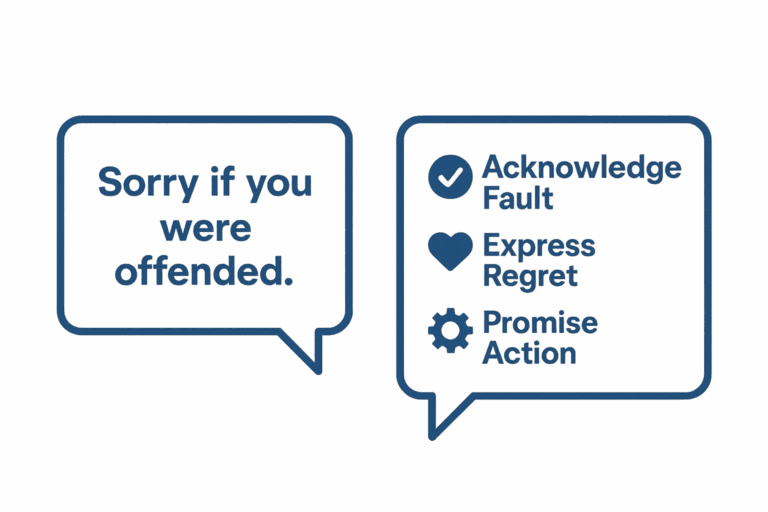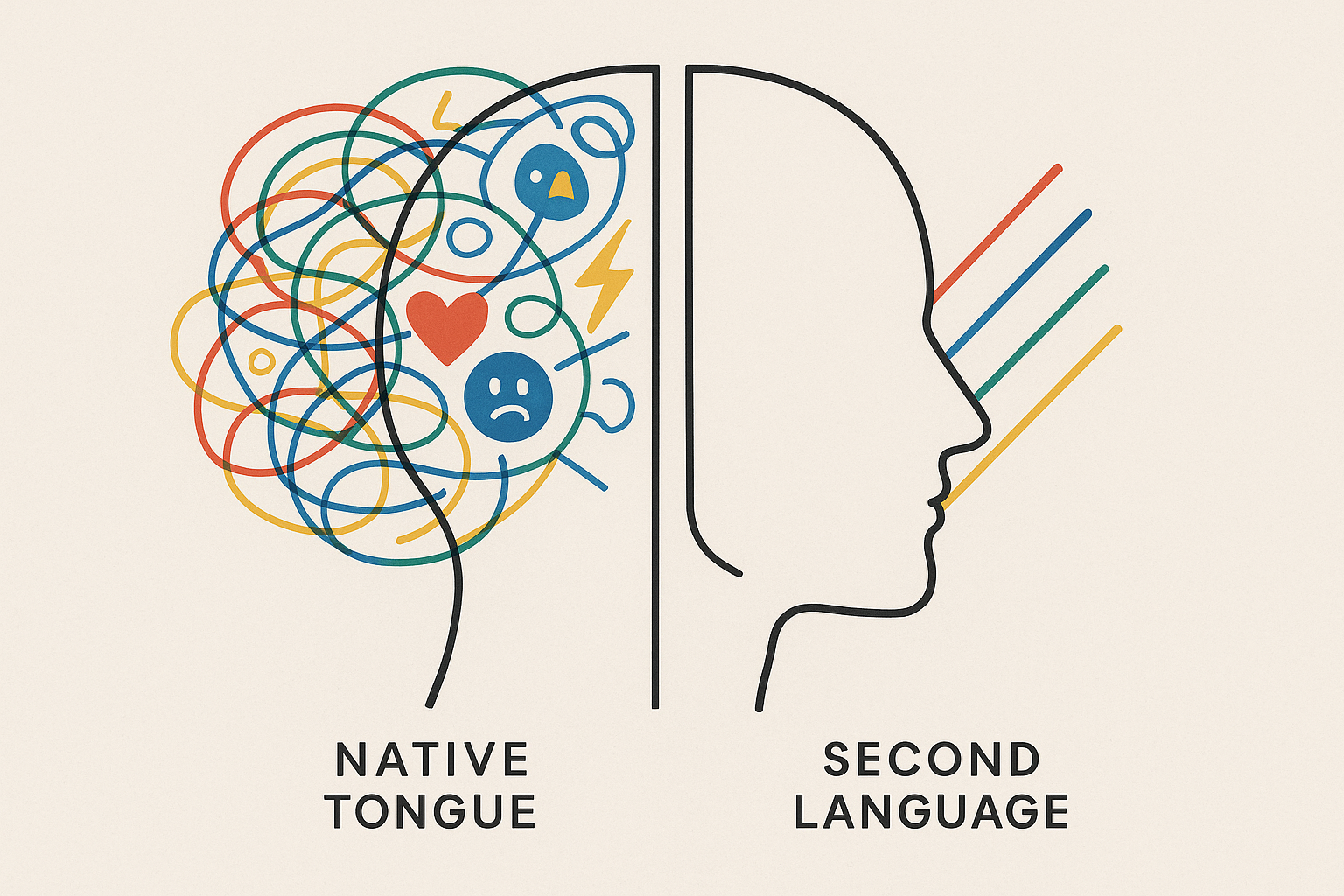“I Don’t Know, Just Google It.”
It’s a phrase uttered millions of times a day, a reflexive response to any gap in our collective knowledge. We don’t say “search for it on the internet” or “use a search engine.” We say “Google it.” The company name, a proper noun, has seamlessly transformed into a verb, an action. It has become so ingrained in our daily speech that in 2006, both the Merriam-Webster and Oxford English Dictionaries officially added “google” as a verb to their pages.
But how does this happen? What is the linguistic alchemy that turns a protected brand name into a common part of the lexicon? This journey involves a fascinating intersection of linguistics, culture, and corporate law, revealing a constant tug-of-war between a brand’s phenomenal success and the risk of losing its identity entirely.
The Linguistic Magic Trick: Anthimeria
At its core, the transformation of “Google” from a noun to a verb is an example of a linguistic process called anthimeria (pronounced an-thih-MEER-ee-uh). It sounds complex, but it’s something we do naturally all the time. Anthimeria is the use of a word from one word class (like a noun) as another word class (like a verb), without changing its form.
Think about how we:
- Friend someone on social media (noun to verb)
- Table a motion in a meeting (noun to verb)
- Adult our way through a difficult day (noun to verb)
- Head a department (noun to verb)
Language is efficient and creative. When a new action or concept emerges, we often find the quickest way to describe it is by repurposing an existing word. In the case of Google, the company didn’t just provide a service; it created an entirely new, dominant behavior. Its name became the most convenient shorthand for the action it represented, and through anthimeria, “to google” was born.
From One Brand to a Whole Category: The Power of Genericization
While anthimeria explains the grammatical shift, a second, more powerful process is at play: genericization. This is the holy grail of marketing and the nightmare of trademark lawyers. Genericization happens when a brand name becomes so successful and synonymous with a general class of product or service that the public starts using the brand name as the generic term for the entire category.
You’re already intimately familiar with genericized trademarks, even if you don’t realize it:
- Kleenex: We ask for a Kleenex, not a “facial tissue.”
- Band-Aid: We put a Band-Aid on a cut, not an “adhesive bandage.”
- Xerox: For decades, people talked about “xeroxing” a document, not “photocopying” it.
- Thermos: Any insulated flask is often called a Thermos, regardless of the brand.
- Hoover: In the UK, it’s common to “hoover the carpet,” no matter the vacuum cleaner’s manufacturer.
For a brand to reach this level, it typically needs to be the first, the most dominant, or the most innovative in its market. It becomes the mental prototype for that object or action. Google achieved this with search engines, effectively making competitors like Bing or DuckDuckGo linguistically invisible in casual conversation.
The Double-Edged Sword: Market Dominance vs. “Genericide”
On one hand, having your brand become a verb is the ultimate sign of market dominance. Your product is so ubiquitous that it has literally altered the language. It’s an invaluable form of free, perpetual advertising. But this success comes with a grave legal danger: trademark dilution, or in the worst-case scenario, “genericide.”
A trademark’s legal function is to identify the specific source of a good or service and distinguish it from competitors. When a trademark becomes generic, it no longer points to a single source. It becomes a common noun or verb, and the company can lose its legal right to exclusively use that name. The trademark becomes public property.
This isn’t just a theoretical threat. It has happened to many famous brands:
- Aspirin: Originally a trademark of Bayer, it was ruled generic in the United States in 1921.
- Escalator: Once a trademark of the Otis Elevator Company.
- Zipper: Originally a trademark of the B.F. Goodrich Company.
- Cellophane: Lost its trademark status in the U.S. after a court found the term had become generic.
Losing a trademark is a catastrophic financial and branding loss. It’s the reason companies like Google walk a very fine line.
How Companies Fight Back
Companies whose brands are at risk of genericide actively fight to protect their trademarks. Their strategies are a fascinating blend of legal action and public relations.
1. Corrective Advertising
The most famous example is Xerox. Fearing they would lose their trademark, they launched ad campaigns with slogans like, “You can’t Xerox a Xerox on a Xerox.” The message was clear: Xerox is a brand name, a registered trademark, and the proper term for the action is “to photocopy.” More recently, the makers of VELCRO® brand fasteners released a hilarious music video pleading with the public, “Don’t Say Velcro,” urging them to use the term “hook and loop” instead.
2. Legal and Editorial Guidelines
Companies often send letters to publications, editors, and even dictionary publishers who use their trademark in a generic way. Google’s own lawyers have made their position clear. While they can’t stop public usage, they officially discourage using “google” as a verb, especially when it doesn’t involve using Google’s search engine. Their preferred phrasing is “to perform a search on Google.” They encourage using the name as a proper adjective modifying a generic noun—”a Google search.”
3. Emphasizing the Brand Status
You will often see companies use the ® symbol and explicitly state that their name is a registered trademark. Johnson & Johnson pushes the phrase “BAND-AID® Brand Adhesive Bandages” in its marketing to reinforce the idea that Band-Aid is the brand, not the product itself.
The People’s Language
In the end, the fate of a word isn’t decided in a boardroom or a courtroom. It’s decided by us—the speakers. Language is a living, democratic entity. While a company can own a trademark, it can’t own a verb in the public consciousness. The story of “Google it” is a perfect microcosm of this dynamic. It represents a pinnacle of technological and commercial success, but it’s also a testament to the irresistible, evolving power of human language.
As we continue to zoom into meetings and venmo our friends, the line between brand and verb will only continue to blur, creating new case studies for linguists and new headaches for corporate lawyers for years to come.








